Which is more impressive on paper? The Hyundai IONIQ 5 or the Kia EV6?
The Hyundai IONIQ 5 has been a smash success for the company, selling out in many major markets and propelling Hyundai to double down on investments into EV factories around the world. The Kia EV6 is no different, being an extremely popular alternative to the IONIQ 5, trading retro aesthetics for something a little more forward looking.
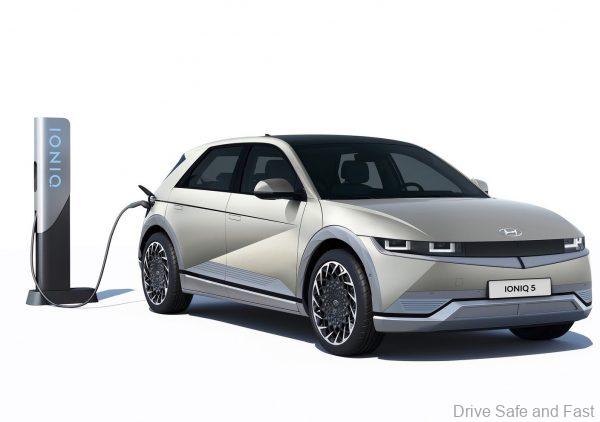
In Malaysia, only the Hyundai IONIQ 5 is available for sale right now. The car is priced from RM199,888 to RM259,888 and from what we can tell, the order books are full.
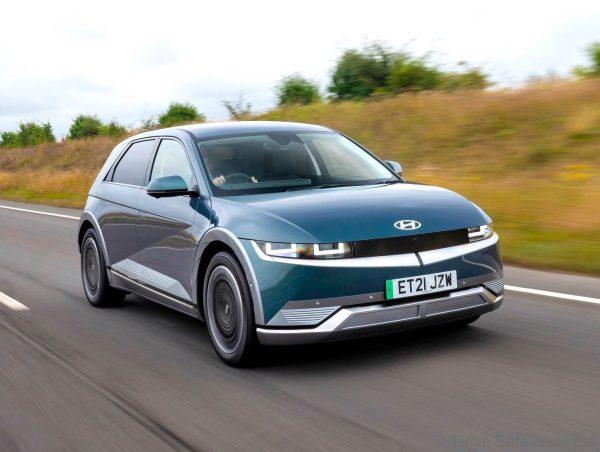
Throughout the week, Kia Malaysia has been offering a sneak peak at their soon-to-be-launched EV6 at the PGM Championship 2022. The EV6 is expected to be more expensive than the IONIQ 5, mirroring the pricing reality overseas. However, it’s also expected that Kia Malaysia will bring in the EV6 fully loaded with the GT Line kit and other expensive options including upmarket paint finishing.
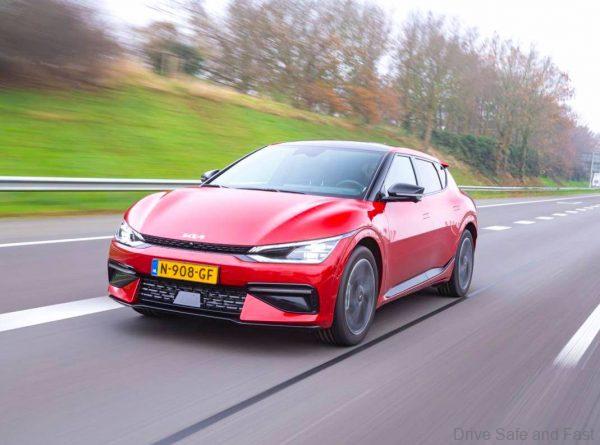
So, if you’re in the market for the EV6 or IONIQ 5, what are the differences and similarities?
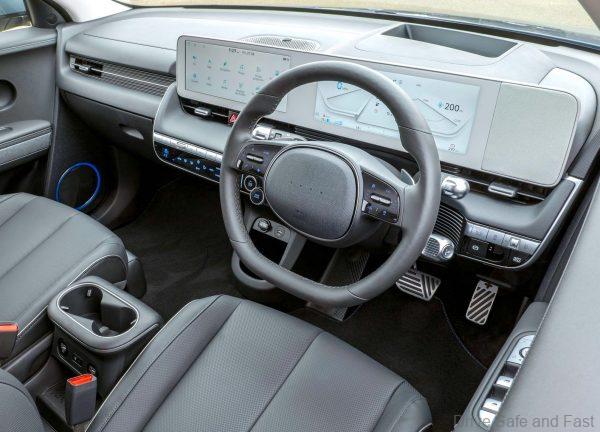
The first place to start would be the platform, batteries and motors. Both vehicles, as well as the Genesis GV60, share the Electric-Global Modular Platform (E-GMP), but they have extremely distinct designs and body panels are completely different on both models. Even the measurements of these two vehicles differ, down to the wheel to axle ratio. Here’s how some key measurements differ between the Hyundai IONIQ 5 and Kia EV6.
| IONIQ 5 | EV6 | |
| Length | 4.635m | 4.695m |
| Width | 1.89m | 1.89m |
| Height | 1.605m | 1.545m |
| Wheelbase | 3m | 2.9m |
| Curb Weight (Max) | 2115kg | 2090kg |
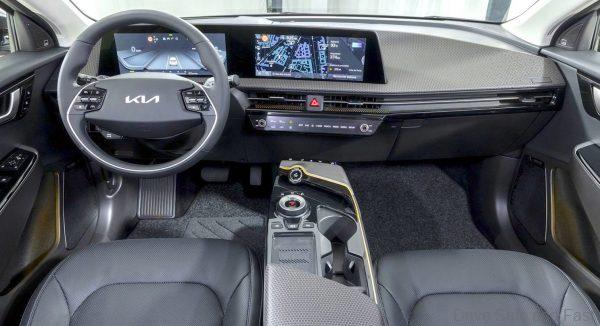
Because the E-GMP has a 800V architecture, it can support extremely fast DC charging and can perform vehicle-to-load charging. Despite sharing parts, the IONIQ 5 seems to have an edge on paper. For now, the difference is minor, and both can take advantage of 150kW DC Fast Charging stations to a similar degree. However, the IONIQ 5 is said to have a theoretically higher peak DC input of 350kW versus the EV6’s 250kW. However, real world test show that charging both vehicles from 10%-80% takes the same amount of time. The vehicle-to-load capability of both cars also differ. The IONIQ 5 can pump OUT 1.9kW while the EV6 can only share 1.1kW of e-juice.
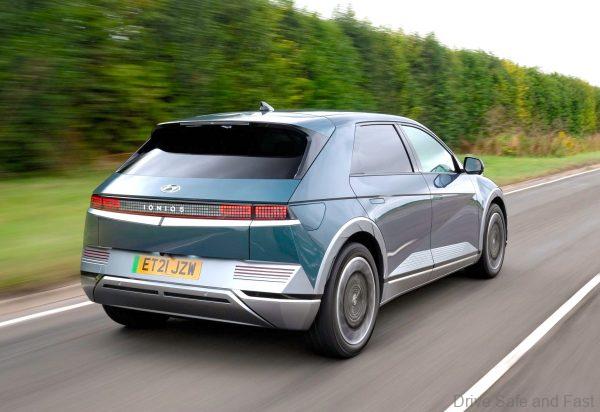
Despite the theoretical advantage the IONIQ 5 has in charging, the EV6 seems to have a real world advantage in terms of range thanks in part to its slightly lower weight and its more aerodynamic design. At best, the IONIQ 5 has a range of 488km while the EV6 has a range of 510km. At varying configurations, the EV6 out-matches the IONIQ 5 in terms of usable range.
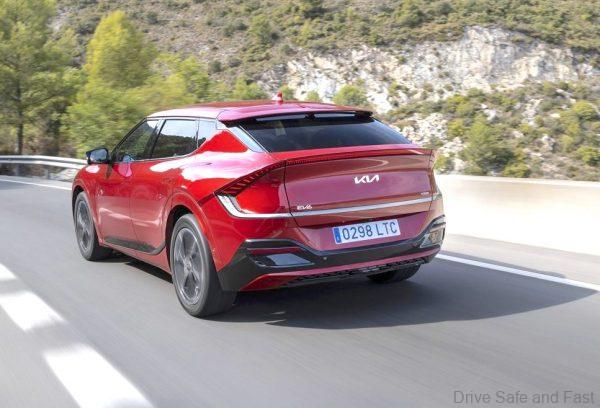
Some battery and motor options are common between the two. The IONIQ 5 has the 58kWh, 72.6kWh and 77.4kWh batteries along with either rear wheel drive or all-wheel drive. The EV6 has the 58kWh or 77.4kWh batteries and can also be optioned with rear wheel drive or all-wheel drive.
The power output of the IONIQ 5 ranges from 168hp and 350Nm of torque to 232hp and 605Nm of torque. The EV6 wins here with the same 168hp and 350Nm of torque base performance but a higher 577hp and 740Nm of torque on the maxed out specification.

Most of the other elements are subjective, but it is worth noting that the Kia EV6 uses more touch controls for things like the air cond controls where the IONIQ 5 retains physical buttons.





